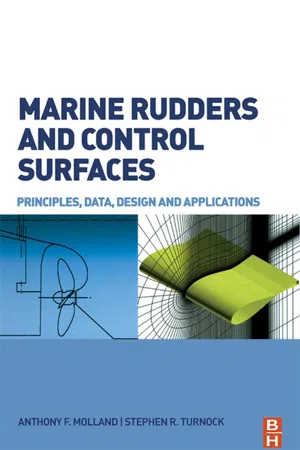
Marine Rudders and Control Surfaces
Principles, Data, Design and Applications
- 448 pages
- English
- ePUB (mobile friendly)
- Available on iOS & Android
Marine Rudders and Control Surfaces
Principles, Data, Design and Applications
About this book
Marine Rudders and Control Surfaces guides naval architects from the first principles of the physics of control surface operation, to the use of experimental and empirical data and applied computational fluid dynamic modelling of rudders and control surfaces.The empirical and theoretical methods applied to control surface design are described in depth and their use explained through application to particular cases. The design procedures are complemented with a number of worked practical examples of rudder and control surface design.• The only text dedicated to marine control surface design• Provides experimental, theoretical and applied design information valuable for practising engineers, designers and students• Accompanied by an online extensive experimental database together with software for theoreticalpredictions and design development
Frequently asked questions
- Essential is ideal for learners and professionals who enjoy exploring a wide range of subjects. Access the Essential Library with 800,000+ trusted titles and best-sellers across business, personal growth, and the humanities. Includes unlimited reading time and Standard Read Aloud voice.
- Complete: Perfect for advanced learners and researchers needing full, unrestricted access. Unlock 1.4M+ books across hundreds of subjects, including academic and specialized titles. The Complete Plan also includes advanced features like Premium Read Aloud and Research Assistant.
Please note we cannot support devices running on iOS 13 and Android 7 or earlier. Learn more about using the app.
Information
Introduction
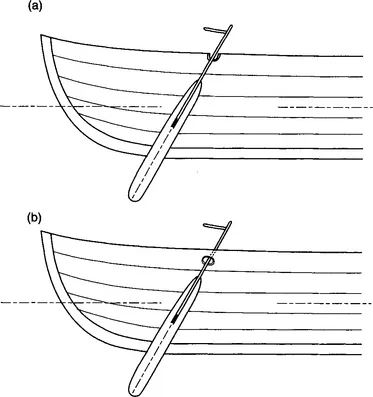
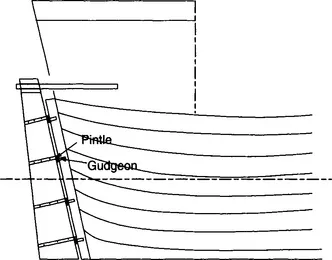
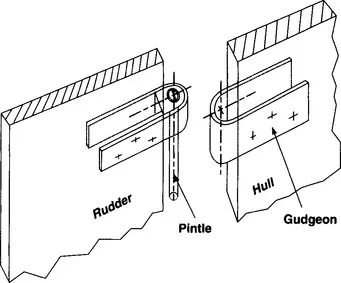
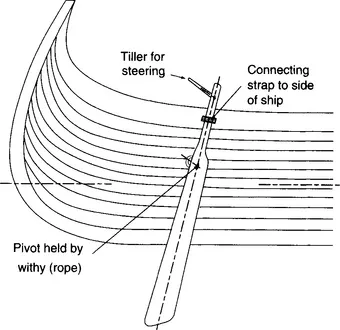
Table of contents
- Cover image
- Title page
- Table of Contents
- Copyright
- Preface
- Nomenclature
- Abbreviations
- Figure acknowledgements
- Part One: Principles
- Part Two: Design Data Sources
- Part Three: Design Strategy and Methodology
- Part Four: Design Applications
- Appendix 1: Tabulated test data
- Appendix 2: Rudder and propeller design software
- Index
- Colour Plates